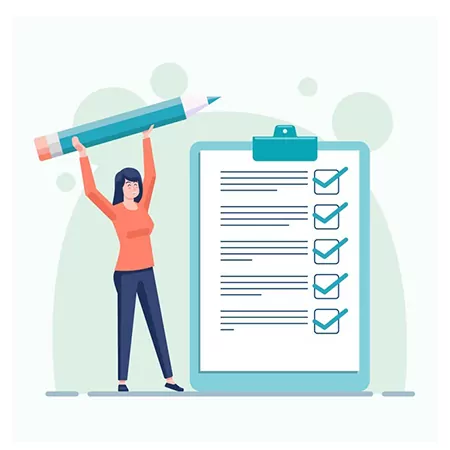With a massive amount of content accessible on the Internet, it has never been simpler to copy content and make it look like you possess the right to draft it. In light of this, plagiarism checkers tout the ability to find plagiarism in written work. Be that as it may, a few false ideas have emerged about how these tools work and ought to be used.
Like all tools, plagiarism checking tools are used to be perfect. To get the most advantage, it is critical to understand a couple of false ideas encompassing plagiarism checkers.
Other interesting articles: How to Avoid Plagiarism in Your Writing | 7 Tips
While free plagiarism checkers exist, they are commonly not perfect for proficient use. Not exclusively do they have little databases. However, they may be less precise and may not deliver quality reports. Choosing an AI checker with a robust algorithm and access to extensive academic and web-based sources can greatly improve detection accuracy and report quality.
For insightful and proficient work accurately, plagiarism checkers must have the broadest database conceivable. Many free checkers are restricted to Internet content, while paid memberships offer access to journals, articles, books, original copies, and so on. These exclusive content databases require associations and unique understandings.
While picking a plagiarism checker, you ought to select the correct tool for your particular needs out of these Top 12 Free Plagiarism checkers of 2020.
There have been those attempting to “cheat” the structure, for example, using macros, modifying characters, or using other “stunts” to sidestep these robotized structures. Notwithstanding, these stunts are obsolete and incapable.
Some propose that they can trick plagiarism checkers by “wordsmithing” or altogether changing a paragraph to avoid from coordinating the content. In any case, revamping a paper would require changing somewhere around each third word, which, to put it plainly, is more complicated than rephrasing.
Related article: Best plagiarism checking software
Plagiarism checker tools work by looking at submitted content against a database and distinguishing closely vague sections. Many believe that what a plagiarism identifier signals as a match is actually forged material.
If you are a resume writing service you should know that plagiarism reports give a percentage that shows that the resume originates from different sources.
It is anything but challenging to botch a plagiarism checker tool as being merely an “unoriginality cop” that is intended to distinguish and stop plagiarists. While such tools can find conspicuous types of copyright violations, they are advantageous to check for writing exercises, for example, poor summarizing, missing references, and inappropriate sentence structure. Truth be told, specialists are running their work through plagiarism checker tools before submitting it, trying to get any failures or blunders that they may have made while writing.
While plagiarism checker tools can point out deceitful authors, it is also used to identify accidental plagiarism and basic writing mistakes.
Related blog: Know about self-plagiarism
Many expect that, since plagiarism checker tools miss all coordinated content, they are off base. In any case, with regards to the planned use of plagiarism checking tools, that is, recognizing potential plagiarism in written work, the tools accessible are exact.
Content that is hailed by a plagiarism detection yet isn’t copied, it is imperative to recall the first writing and note that plagiarism checkers identify coordinating content; it requires the person to decide if there is proof of plagiarism.

Despite what many have come to accept, plagiarism checker tools are not robots intended to get academic miscreants and counterfeiter. They are tools designed to help recognize duplicative content and help in distinguishing potential plagiarism. Just because they can’t fill in as a surrogate for human intelligence, they are not insignificant.
Plagiarism tools work by comparing submitted content against a vast database of sources, including academic journals, websites, and other content. They utilise sophisticated algorithms to detect similarities and match text to existing sources.
You May Also Like